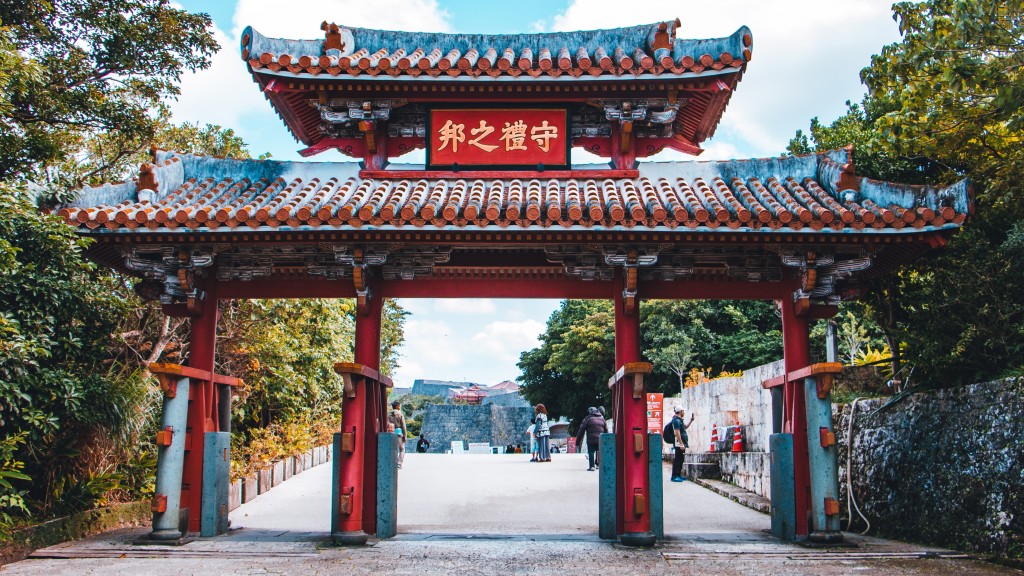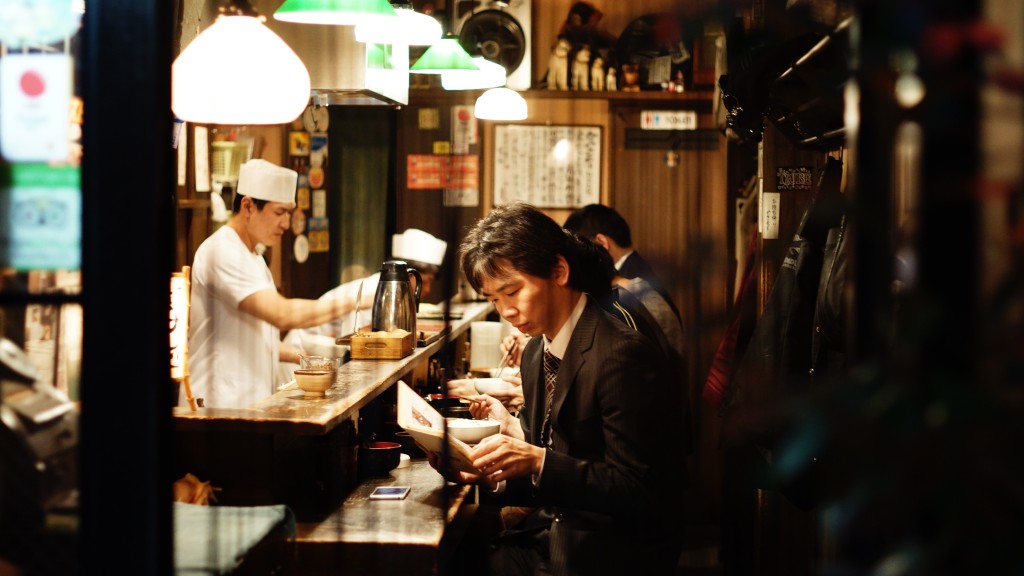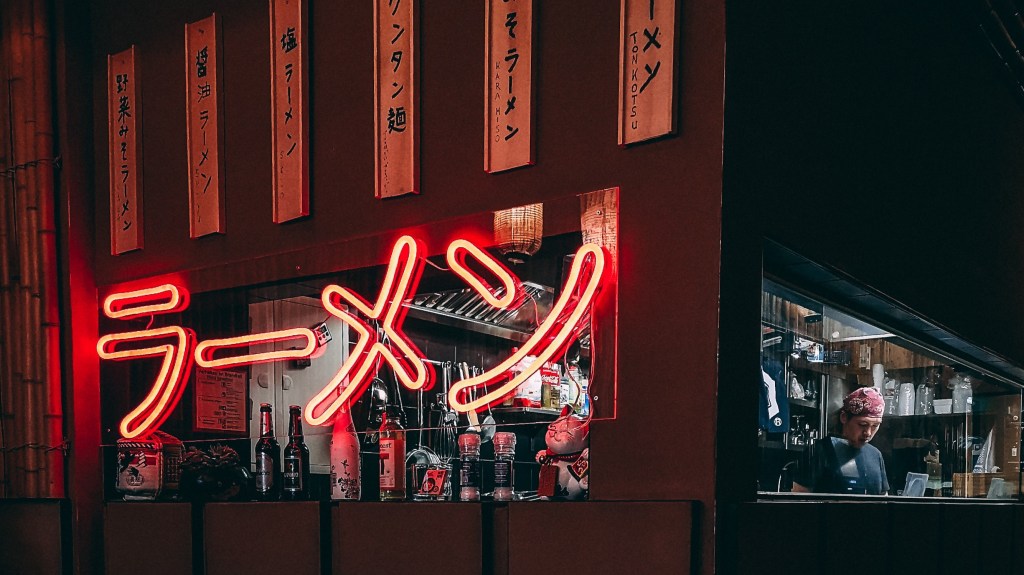If you have read Planet Health for any length of time, you will know that I love Japan’s movement and eating habits. One of these is hara hachi bu – the art of eating to 80% full.
Why? It’s calorie restriction without all the maths and measuring.
Simply put, this is the holy grail of losing weight without counting calories. 🙌
Intrigued? You should be!
In this article, we will explore hara hachi bu and the art of eating until 80% full, how it helps, and how you can get started.
- What exactly is hara hachi bu?
- Do other countries practice eating to 80% full?
- Why does hara hachi bu work?
- How to do it?
- The final word on hara hachi bu
What exactly is hara hachi bu?
If you hadn’t already guessed, hara hachi bu is a Japanese phrase. It roughly translates to ‘Eat until you are eight parts full’ or ‘belly 80 percent full’.
It actually comes from the Japanese proverb harahachi-bunme isha irazu, which translated as ‘Eating to only 80% full keeps the doctors away’.
Where did hara hachi bu come from? Along with other concepts such as ikigai and moai (which I will cover in future articles), it originated on the Japanese island of Okinawa. 🗾
This is one of the world’s healthful blue zone regions, where the Okinawan people live unusually long, healthy and happy lives. This beautiful archipelago is famous for its low rates of chronic diseases and high life expectancy.

Hara hachi bu is a Confucian teaching that has lasted for around 2,500 years. It’s a simple but incredibly effective dietary rule that states that you should eat only until you are 80% full.
By doing this, you end up consuming fewer calories over time, but without feeling deprived. After all, you are eating ‘until satisfied, but not full’.
Ultimately, it takes your body around 10 to 20 minutes before it actually registers the notion of ‘full’. By stopping at 80%, you are already satisfied and will have no danger of overeating. Of course, overeating is the exact opposite of what we want to do when losing or maintaining a healthy weight.
You still get to enjoy your food, but when you feel satisfied, you stop eating.
In practice, it is reported that the average Okinawan man consumes only 1,800 calories a day, compared to an average American who eats closer to 2,500 calories. This is naturally a rough estimate, so take it with a pinch of salt. But it does illustrate that using customs such as hara hachi bu can help you naturally lose or maintain weight.
Additionally, eating to 80% full and no more can help you avoid several gastrointestinal problems including acid reflux and indigestion.

Do other countries practice eating to 80% full?
Kind of.
In China, they have a similar saying: chīfàn qī fēn bǎo, sān fēn jī, which translates to ‘only eat until you are 70% full’. So the Chinese aim for slightly less satisfaction than the Japanese, but the sentiment is the same.
Meanwhile, over in India, there is an ancient Ayurvedic principle that states: ‘you should fill one third of the stomach with liquid, another third with food, and leave the rest empty.’
It’s not exactly the same, but it’s ultimate saying that you should eat and drink to 60% full.
Of course, here in the West, thanks to the internet, books and nutrition coaching, hara hachi bu is becoming more prevalent too.
Why does hara hachi bu work?
Put simply, hara hachi bu works because, when you do it correctly, you match your energy intake with your energy needs.
Over time, you are less likely to eat more than you require (i.e., overeating), which helps you to avoid weight gain.
However, it is worth pointing out that this technique works best when you are eating foods that are going to actually make you feel satisfied.
So things like fruits and vegetables, which are high in fibre, as well as lean protein, which is the most satiating of the macronutrients.
Ultimately, you are going to have an easier time practicing hara hachi bu by eating a tofu stir-fry with loads of vegetables than you are a bowl of French fries! 🥦🍟
(That’s not to say you can’t eat these processed foods, but you will have better results with wholefoods.)

How to do it?
So, we know that this is a technique that both works and isn’t complicated. It’s therefore well worth trying.
The beauty is that you obviously don’t need to do this only with typical Japanese dishes such as sushi, ramen or tempura. You can enjoy it with cuisine from any country, from spaghetti to sausages!
But before you dive in, here are some tips on making sure it has the desired effect:
#1. Eat slowly
Firstly, to truly practice hara hachi bu, you must eat slowly. Or, at least, slower than the average westerner.
Rushing your food and eating to 80% full simply does not work.
I’ve discussed slow eating before but, in short, it doesn’t have to be a big deal.
If you are a fast eater, simply:
- put your utensils down in between bites
- take a small sip of water in between bites
- pace yourself to the slowest eater (usually a child!)
- set a timer for around 10-15 minutes and pace yourself to finish when the timer does
When you eat slowly, you are able to better tune into your body. Helped along by the next point…
#2. Avoid distractions
Another sensible move is to avoid distractions such as the TV or your smartphone.
Focus on what you are eating and how you are feeling. This allows you to mindfully eat and gives you more chance of catching yourself approaching satisfied before you go over the threshold.
#3. Use this phrase…
A simple way to think about hara hachi bu is to use the following phrase.
Instead of saying, ‘I am full’, look to start saying ‘I am no longer hungry.’
This is simple, but when you get into the mindset, it becomes very easy to understand.
#4. Don’t overthink it!
Finally, the biggest piece of advice I am going to give you is to not overthink it.
There isn’t a great deal of instruction needed. Simply listen to your body and stop when you are feeling satisfied.
Who knows whether you are actually 80% full. You may be 75% full or 92% full. As long as you stop before you actually feel that heavy fullness, you are doing it right.
Again, don’t overthink it – just do it.

The final word on hara hachi bu
Want to avoid weight gain, lose the dad bod, or improve your digestion? Give hara hachi bu a shot.
It’s simple, it can be done at any meal, and the results are worthwhile.
However, it should be taken as part of a wider healthy living strategy. In other words, eat more wholefoods, eat lean protein, lift weights multiple times a week, go for regular walks, and sleep well.
Also, as with anything in the world of health and fitness, you have to stick with it for a prolonged period to start seeing the benefits of hara hachi bu.
But they will come – and when they do, you will be glad you persisted.


2 thoughts on “Hara Hachi Bu: The Japanese Art of Eating to 80% Full”